For the love of salmon
In the misty, moss-draped forests of Vancouver Island, a crew clad in hardhats, fluorescent vests and sturdy rubber boots sort through their equipment. Some are from the Central Westcoast Forest Society (CWFS), an organization that has been restoring watersheds in Clayoquot Sound for more than 20 years. Others are from Toquaht First Nation, people for whom this place has been home for millennia.
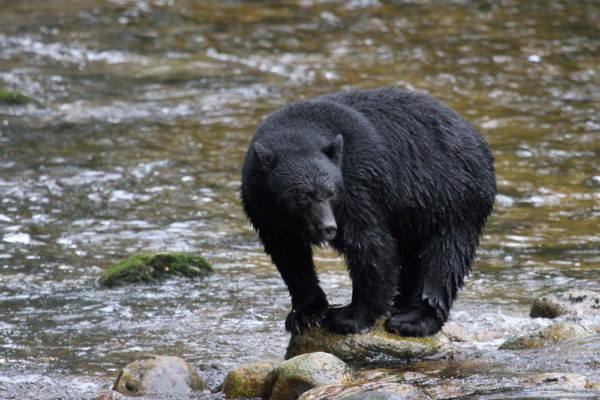
With the help of a grant from WWF’s Restoration Fund, established in partnership with Coca-Cola Canada, they’re planning to undo one small fraction of the damage created by decades of industrial logging here in the Cenatha watershed. Armed with chainsaws, hooks, grapples and hand-powered winches, they’re set to remove the downed trees that are clogging a stretch of river.
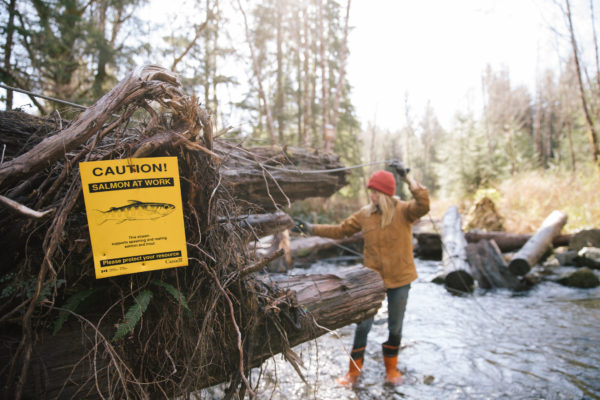
One of the veteran team members is Charles “Chuck” Mack. Growing up in the Toquaht First Nation, Mack followed the lead of many young men in his community and got a job in the logging industry. At the time, few other options existed. Now in his 60s, he’s doing a different type of forestry work, using his chainsaw skills to help restore the streams and forests that support his people’s culture and way of life.
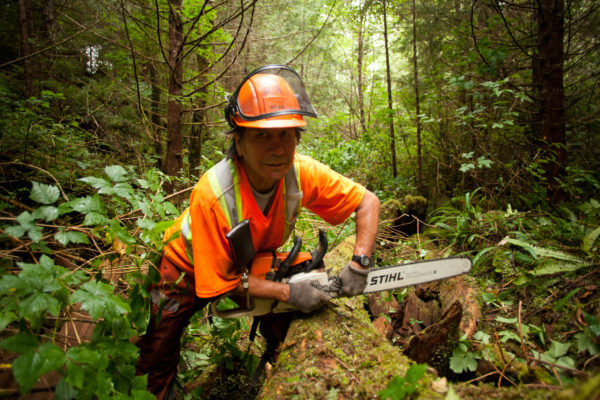
Not only that, he’s passing on those skills to a new generation of watershed stewards. One of the goals of the CWFS/Toquaht collaboration is to provide conservation-based employment opportunities for local First Nations.
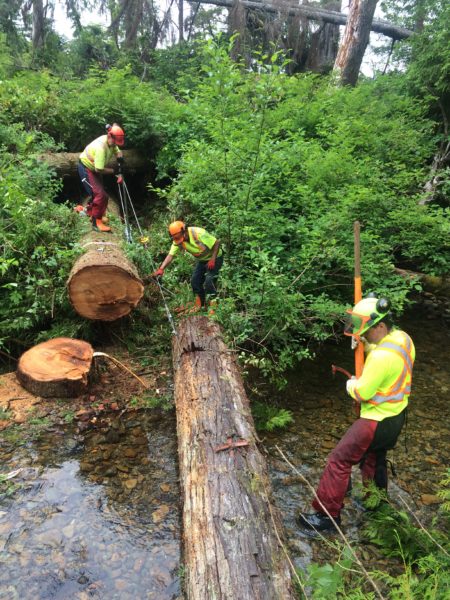
The crew gets to work, bucking and clearing the massive logs that are preventing salmon from returning to their spawning grounds upstream. Using machinery to move the logs would damage the forest floor, so instead they rely on sweat and muscle. Later, they’ll replant the banks, creating buffer strips 30 metres wide on either side of the watercourse. The new vegetation will prevent runoff, create shade and support wildlife, playing an important role in restoring this watershed that WWF-Canada has found to be highly threatened by pollution, habitat fragmentation and climate change.
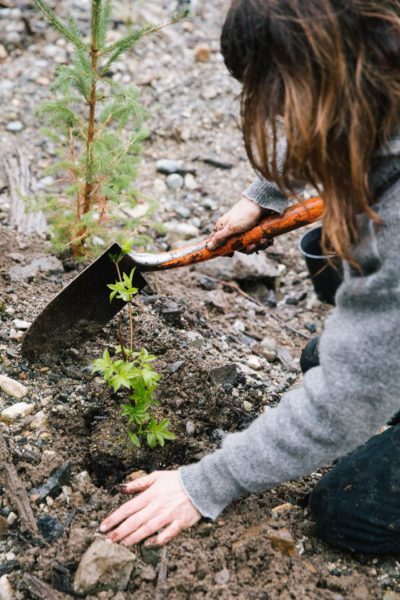
Elsewhere along the river, these watershed stewards have been busy installing log and boulder structures that provide shade for fish and create habitat for important microorganisms and invertebrates. They’ve also cleared debris jams, conducted fish counts and checked the progress of earlier replanting.
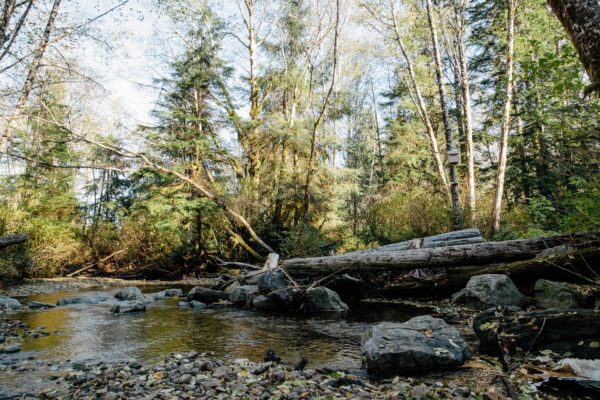
They know their efforts will speed up healing, ensuring these waters teem with the salmon that were once so abundant. “These complex riparian ecosystems developed over centuries,” says Jessica Hutchinson, executive director of CWFS. “Without restoration work, they will take centuries to heal.”
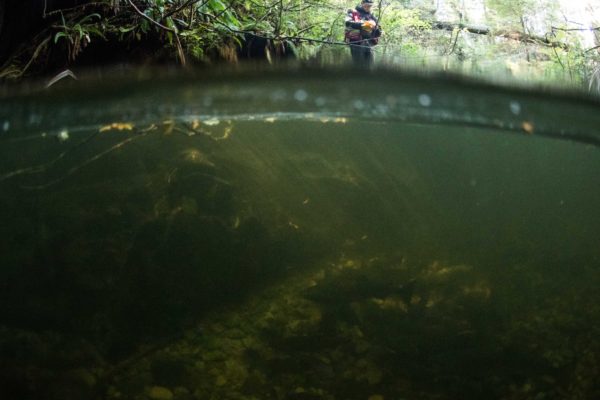
They are already seeing the payoff: This fall, the salmon returned. Because a single female can lay between 1,000 to 5,000 eggs, creating the right conditions for spawning can often lead to big turnarounds. “It all starts to come back,” Hutchinson says. “To be a part of that is really something great.”
https://www.facebook.com/WWFCanada/videos/10156230972255719/
WWF’s Restoration Fund was established in partnership with Coca-Cola to fund on-the-ground projects like these in some of Canada’s most threatened watersheds.

